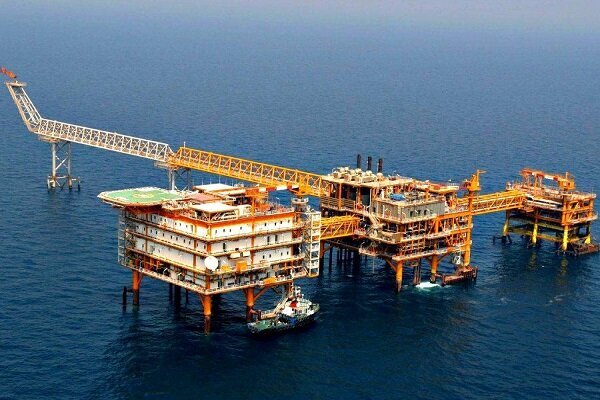POGC completes well pressure equalization project at SP to cut restart time, costs

TEHRAN – The Pars Oil and Gas Company (POGC) has successfully completed and commissioned a well pressure equalization system across South Pars offshore platforms, significantly reducing the time and cost of restarting gas wells after shutdowns, according to a company statement.
Alireza Sarmadi, POGC’s director of production and operations, said that previously, restarting wells often faced long delays due to high pressure differences across downhole valves.
“Before installing the pressure equalization system, restarting wells in some phases could take 12 to 24 hours. Now, in platforms equipped with this system or self-equalizing downhole valves, the return to production takes less than two hours,” he said.
He added that reducing downtime not only prevents financial and environmental losses but also saves significant volumes of methanol used during startup operations.
Saleh Lari-Mojarad, deputy head of engineering at the production and operations department of POGC, said the achievement was made possible through coordination among production, maintenance, engineering, inspection, safety, and logistics teams.
“This year, during major maintenance operations, well restarts were completed in the shortest possible time with maximum operational efficiency,” he noted.
According to POGC, 29 gas platforms in South Pars have undergone major maintenance so far this year, all completed successfully and on schedule, while work on the remaining platforms is still in progress.
South Pars, located in the Persian Gulf and jointly shared with Qatar’s North Field, is the world’s largest gas field. It holds an estimated 14 trillion cubic meters of gas, accounting for roughly 40 percent of Iran’s total gas reserves and about 8.0 percent of global reserves. The field spans 9,700 square kilometers, with 3,700 square kilometers on Iran’s side.
Development of South Pars is divided into 24 phases, each designed to produce around 1.0 billion cubic feet of natural gas per day along with associated condensates, sulfur, and other byproducts. The field supplies the bulk of Iran’s domestic gas demand, including power generation and industrial consumption, and serves as a major source for petrochemical feedstock and gas exports.
Efforts such as the well pressure equalization project are part of Iran’s broader strategy to enhance efficiency, reduce operational costs, and maintain stable gas production from the aging South Pars platforms, which form the backbone of the country’s energy security and export capacity.
EF/MA
Leave a Comment